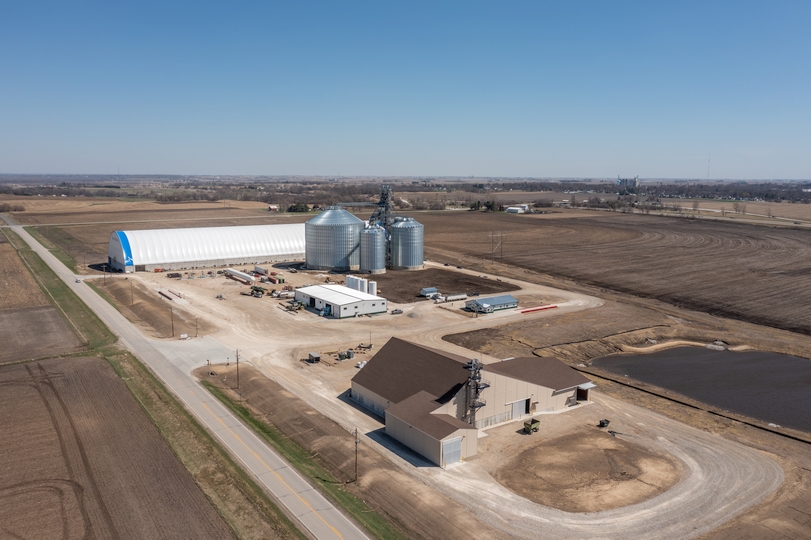Winning The Herbicide Resistance War Requires Long-Term Planning
As a concept, a long-term weed management plan may be nothing new. Even so, however, the reasons to adopt it are looking stronger than ever thanks to a combination of new technologies and a weed-resistance threat that keeps intensifying, reports Country Guide production editor Ralph Pearce.
The concept certainly has merit, says Dr. Peter Sikkema, professor of weed science with the University of Guelph’s Ridgetown Campus.
Sikkema doubts many farmers actually have a five-year plan in place. It’s more likely their management plan rides along with their crop rotation, so if they’ve got a three-year rotation, they’ve effectively got a three-year weed management plan.
“You want to have a multi-year plan,” agrees Sikkema. “And there has to be flexibility in the system to adjust to current market conditions or other things that may impact that plan. But that doesn’t in any way negate the value of having a multi-year plan, and then being flexible and responsive as situations arise.”
Peter Johnson is also an advocate of long-term planning, although he takes it from a slightly different vantage point — with weed management falling in line with both crop plans and soil fertility plans, which should have a three-year frequency as well. It doesn’t make sense to apply fertilizer every year, he says, but to keep it routine as part of a three- or four- or five-year rotation — to suit the cropping plan — makes more sense. The same is true with weed management plans.
“A lot of growers are getting better at having that long-term plan, and glyphosate-resistant fleabane is pushing us again to make a longer-term plan,” says Johnson, now an independent agronomist. “Horse-tail forced me to have a long-term plan: I had field horsetail very bad in one field and I had wild carrot in another field that was very bad. So you come up with that three-year plan or whatever time frame that suits your cropping sequence, but you come up with that plan for the weed spectrum you have.”
Read the full story over on CountryGuide.com.






